Airport secrets exposed! That can save you time, money, and stress during your travels. From hidden lounge access to real-time bathroom monitoring, these spaces contain more than meets the eye.
Behind the familiar terminals and security checkpoints lie clever marketing tricks, cost-saving opportunities, and lesser-known services. Strategic seating placements guide you toward shops, while overpriced currency exchanges count on your convenience mindset.
Many travelers overpay for services they could get for free or waste time following outdated advice. Understanding these hidden aspects of airport operations helps you avoid common pitfalls and make smarter choices.
#1. Gender Selection at Security Scanners
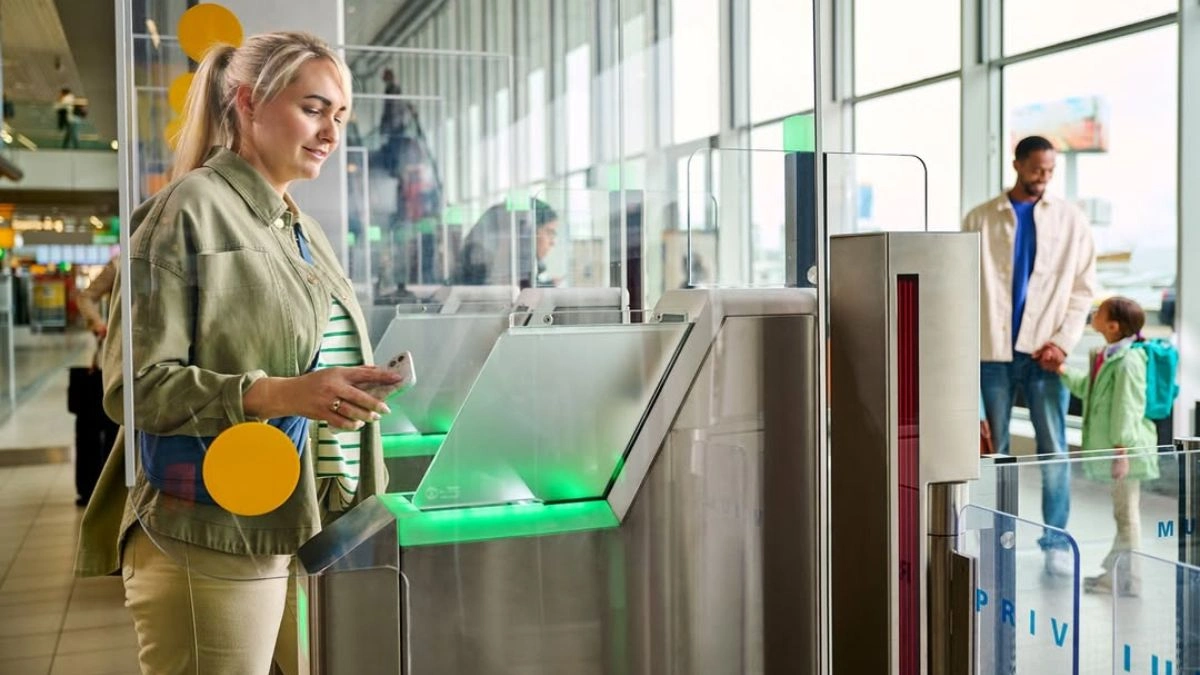
Modern security scanners require operators to input gender for accurate screening. Body scanning technology adjusts its parameters based on expected anatomical features. Misidentification can trigger additional screening procedures. Scanner operators make quick visual assessments when travelers approach.
Loose clothing might complicate gender identification for screening staff. Additional pat-downs may occur if scan results don’t match selected parameters. Privacy screens protect traveler dignity during extra screening. Security protocols prioritize respect during gender-related screenings. Communication with staff can help avoid misunderstandings.
Morning rushes may increase chances of quick gender assessments. Understanding this process helps reduce security stress levels. Travelers can discreetly inform agents about specific needs. Each scanner calibrates differently for various body types. Regular updates improve scanning accuracy for diverse populations.
#2. Real-Time Bathroom Monitoring
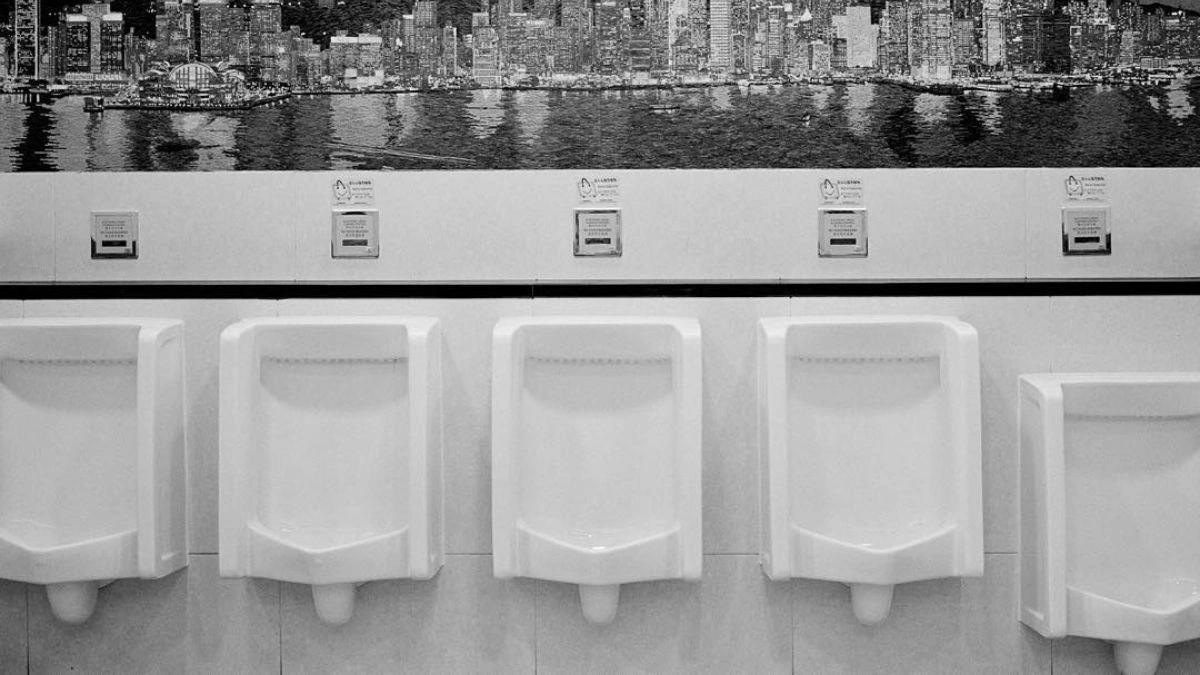
Smart technology revolutionizes airport restroom maintenance systems. Digital feedback devices collect instant user responses. Cleaning crews receive immediate alerts about facility conditions. Major airports implement sophisticated tracking methods.
Passenger input helps maintain cleanliness standards throughout terminals. Response times improve with real-time monitoring systems. Maintenance staff adjusts schedules based on usage patterns. High-traffic periods receive increased attention automatically. Digital displays show recent cleaning timestamps. Feedback mechanisms encourage passenger participation.
Modern systems track supply levels continuously. Quick response codes allow detailed problem reporting. Terminal management monitors satisfaction levels hourly. Strategic cleaning schedules match flight arrival peaks. Technology ensures consistent bathroom maintenance standards.
#3. Behavioral Screening Conversations
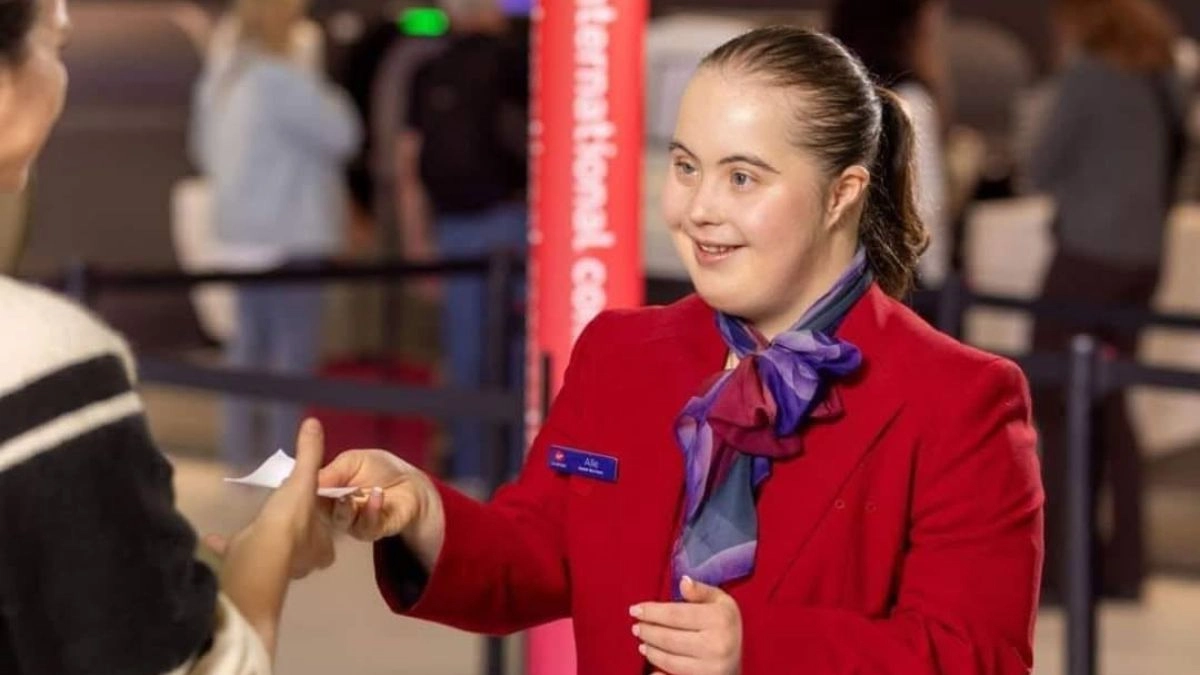
Security staff uses casual conversation to assess passenger behavior. Trained agents look for specific response patterns. Questions may seem random but serve security purposes. Verbal interactions reveal stress indicators effectively. Body language plays key roles during these exchanges.
Staff receives specialized training in behavior detection. Regular travelers might notice conversation patterns. Morning security lines often include more verbal screening. Experienced agents blend questions naturally into chat. Response timing can trigger additional screening measures.
Questions vary based on current security protocols. Friendly exchanges serve multiple security functions. Training helps agents identify concerning behaviors subtly. Professional screeners maintain casual conversation tones. Security measures adapt to changing threat patterns.
#4. In-Flight Meal Pricing
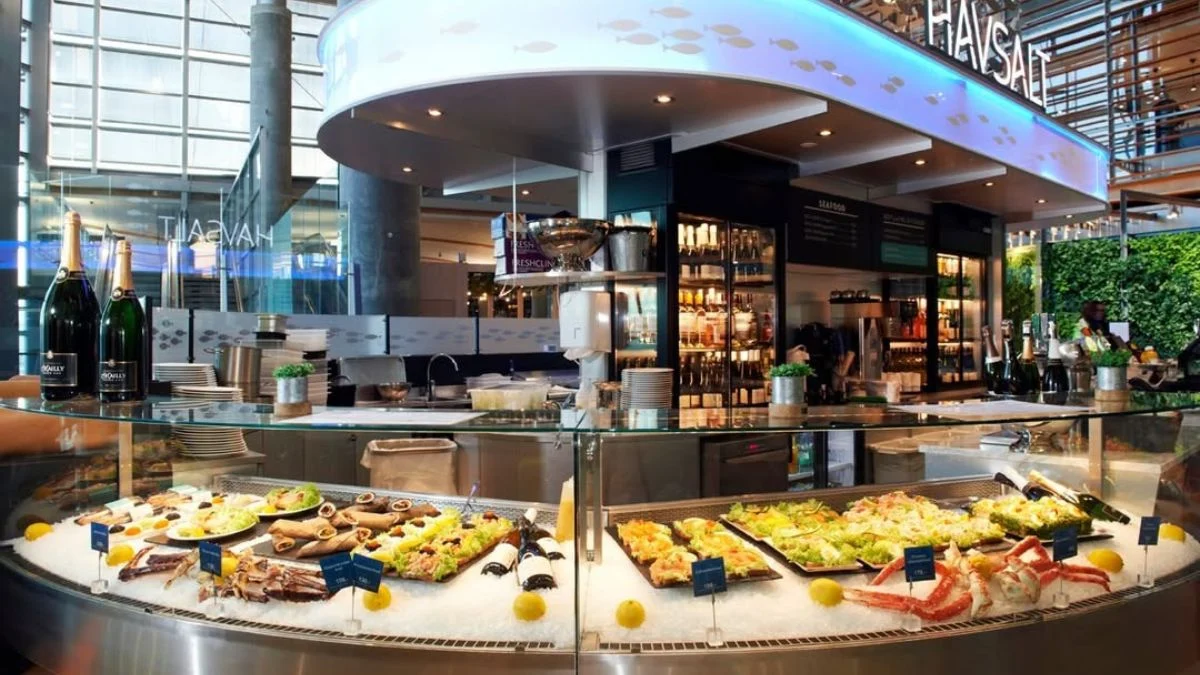
Airline credit cards unlock significant food discounts. Menu prices often beat airport restaurant rates. Loyalty programs enhance in-flight dining value. Cabin crews accept various payment methods conveniently. Special meal deals change seasonally on many routes.
Advanced meal booking sometimes offers extra savings. Flight duration affects menu availability significantly. Credit card benefits extend to drink purchases too. Longer flights feature expanded menu options. Morning flights often provide breakfast discounts. Airline apps show current menu pricing instantly.
Meal combinations can increase overall savings. Regular travelers benefit from consistent pricing. Special dietary options maintain standard pricing. Payment processing happens securely mid-flight.
#5. Arrival Time Flexibility

Traditional two-hour recommendations need modern updates. Online check-in reduces terminal time requirements. Security wait times vary predictably by season. Early morning flights often move faster through processing. Terminal apps provide real-time crowd updates.
Experienced travelers optimize arrival timing carefully. Regular routes develop predictable patterns. Weekday business travel affects security speeds. Carry-on only travelers save significant time. Mobile boarding passes streamline check-in processes. Security ready clothing choices reduce screening time.
Terminal layout knowledge improves time management. Peak travel seasons require extra planning. Flight status alerts help adjust arrival timing. Pre-screening programs offer faster processing.
#6. Airport Taxi Pricing Secrets
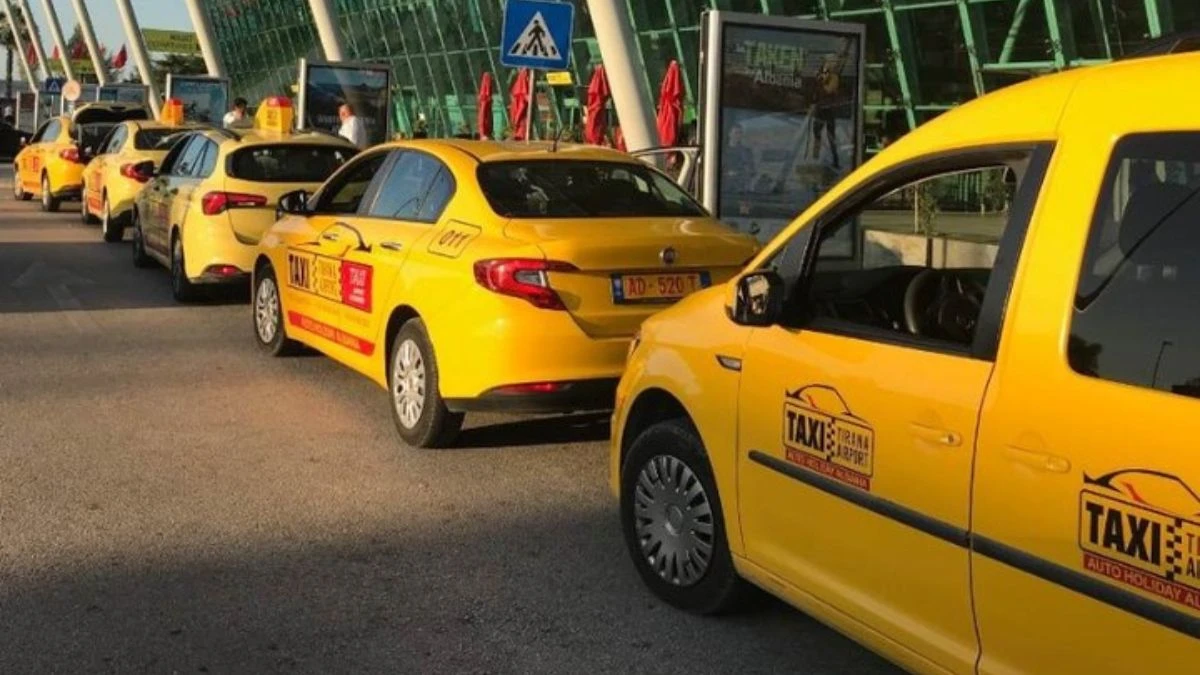
Traditional airport taxis often charge premium rates for convenience. Ride-sharing services typically cut transportation costs significantly. Fixed airport taxi rates include hidden surcharges and fees. Local transportation apps reveal actual journey costs clearly. Rush hour pricing affects taxi rates more than ride-shares.
Terminal pickup locations influence final fare calculations. Multiple passengers can share ride-service costs effectively. Airport surcharges vary between different taxi companies. Pre-booking services often provide better rate options. Late night arrivals face higher traditional taxi costs.
Transportation apps show price estimates before booking. Local buses offer budget-friendly alternatives for many routes. Hotel shuttle services eliminate transfer costs completely. Comparison shopping between services saves money consistently. Smart travelers research options before landing.
#7. Gate Check Opportunities

Full flights create free baggage check possibilities. Gate agents announce overhead space limitations early. Voluntary bag checks save time during deplaning. Last-minute gate checks bypass baggage fees effectively.
Airlines prefer checking roller bags at gates. Carry-on size restrictions influence gate check offers. Early boarding groups rarely need gate checks. Flight load factors determine check availability. Regional jets frequently require gate checking. Storage space varies between aircraft types.
Gate agents manage baggage transfers efficiently. Temperature-sensitive items benefit from cabin storage. Late arrivals often receive gate check options. Baggage claim retrieval happens automatically. Regular travelers recognize gate check patterns.
#8. Airport WiFi Access
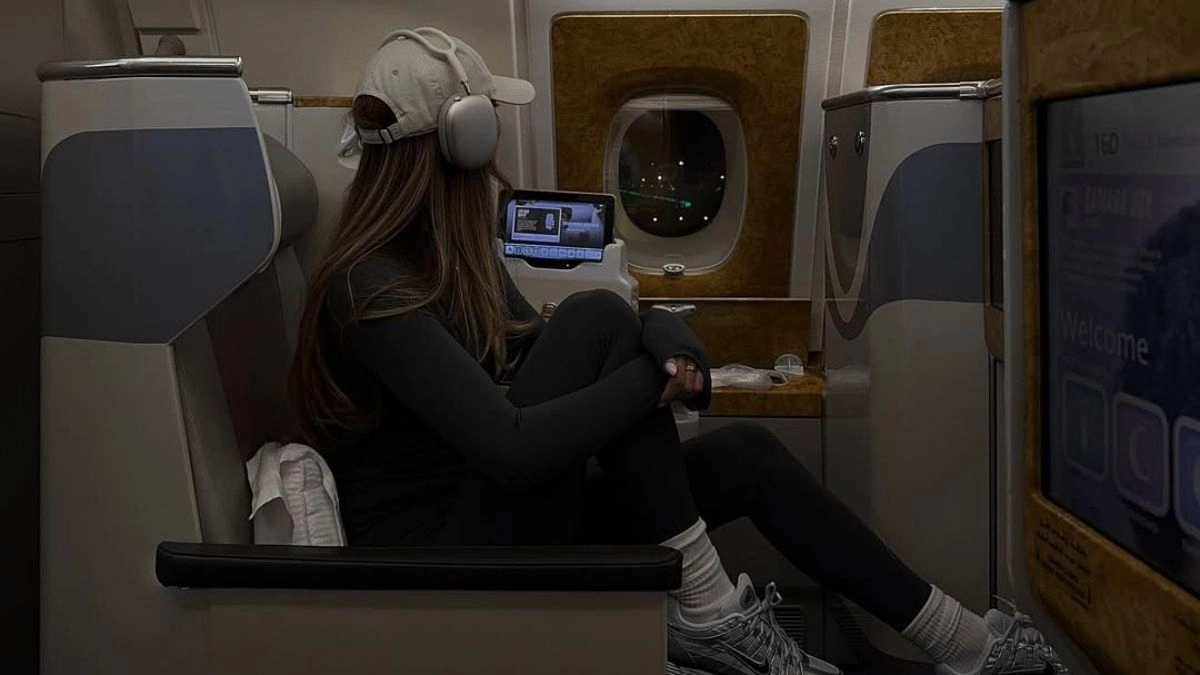
Modern terminals provide complimentary internet access. Connection speeds vary between different areas. Time limits apply at some airport locations. Premium services offer faster browsing options.
Multiple networks serve different terminal sections. International terminals maintain separate systems. Security measures protect user data effectively. Download speeds peak during quiet periods. Streaming services work well in most areas. Business travelers appreciate reliable connections.
Terminal maps show signal strength locations. Password requirements change periodically. Connection methods vary between airports. Local businesses sponsor many networks. Regular updates improve service quality.
#9. Free Water Sources

Refill stations provide filtered water supplies. Traditional fountains offer quick drink options. Bottle filling heights accommodate various containers. Health regulations ensure water quality standards.
Post-security areas include multiple stations. International terminals provide safe drinking sources. Maintenance teams monitor water quality regularly. Environmental initiatives encourage bottle reuse. Station locations appear on terminal maps. Clean water access saves money significantly.
Drinking fountains undergo frequent cleaning. Modern stations include bottle counters. Terminal designs include water access points. Sustainability programs promote refill stations. Airport staff maintains filling equipment.
#10. Lounge Access Tips

Credit card perks include unexpected lounge privileges. Priority pass programs expand access options. Business travelers share membership benefits occasionally. Day passes provide temporary luxury access.
Multiple lounges serve different airlines. International terminals offer expanded facilities. Membership levels determine available amenities. Quiet spaces welcome tired travelers. Fresh food options rotate regularly. Shower facilities refresh long-haul passengers. Work areas provide business resources.
Family rooms welcome young travelers. Loyalty programs unlock additional benefits. Special events enhance lounge experiences. Regular updates improve facility comfort.
#11. Strategic Seating Placement

Comfortable chairs strategically line shopping areas. Marketing teams place rest zones near retail spaces. Terminal design guides traffic through commercial zones. The first hour after security sees highest spending rates.
Rocking chairs create relaxing shopping environments. Retail zones cluster around popular seating areas. Comfortable furniture encourages longer shopping stays. Terminal layouts maximize exposure to stores. Rest areas connect directly to shopping zones. Natural light enhances shopping environments.
Seating arrangements follow consumer behavior patterns. Store entrances face main seating zones. Charging stations draw people near shops. Food courts blend with retail spaces naturally. Strategic design influences shopping habits subtly.
#12. Security System Realities
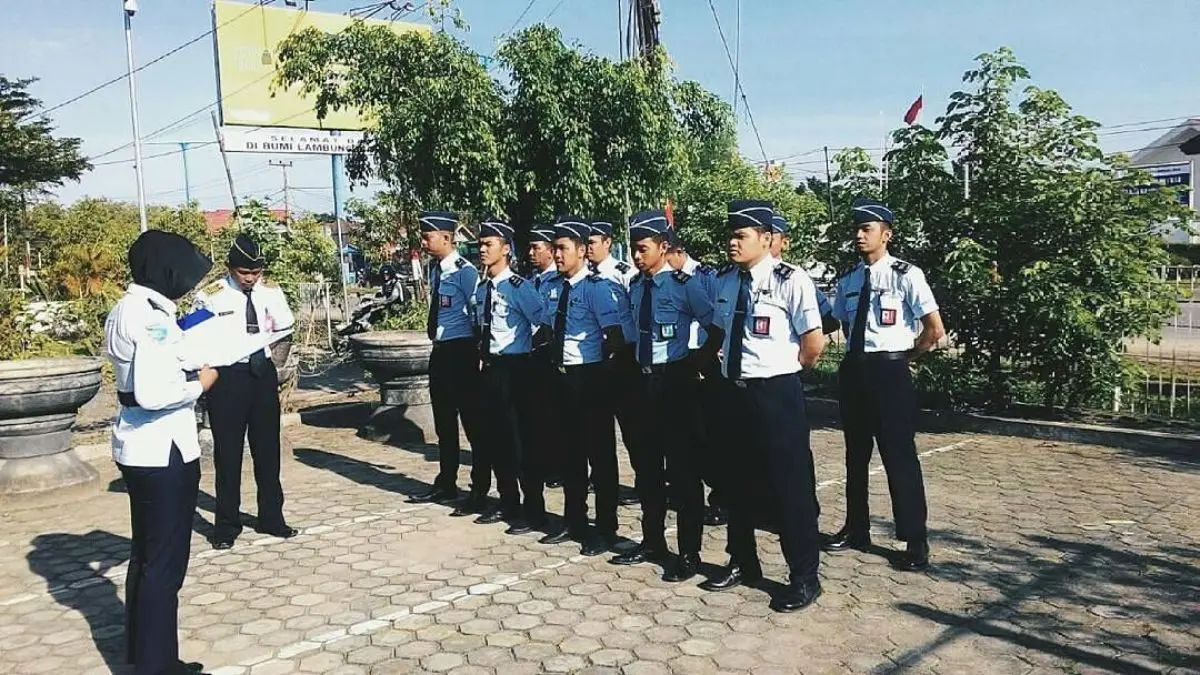
Human factors affect screening effectiveness significantly. Technology updates lag behind new threats. Staff rotations impact screening consistency. Peak hours strain security resources considerably. Training levels vary between different shifts. Equipment maintenance affects detection capabilities.
Multiple screening layers provide backup systems. Human attention spans limit effectiveness naturally. Regular audits check system performance. Security procedures adapt to current threats.
Staff shortages affect thorough screening. Technology limitations create security gaps. International standards guide security protocols. Peak travel periods challenge system capacity. Regular updates improve detection capabilities.
#13. Flight Time Calculations
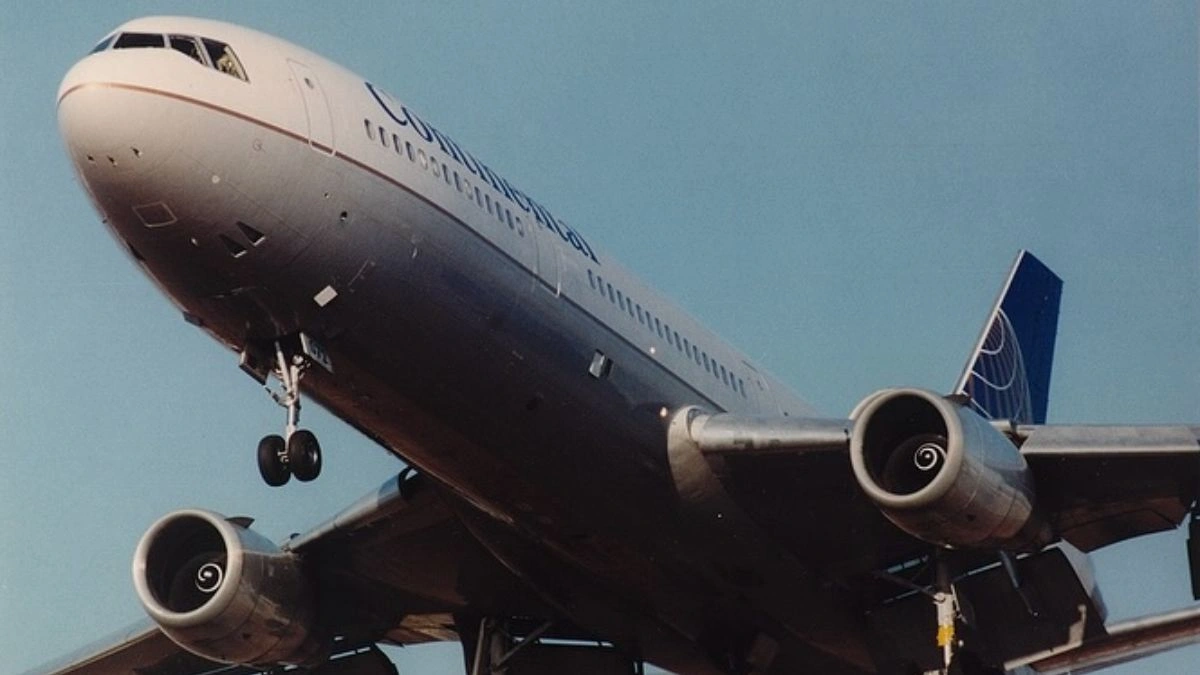
Flight schedules include buffer time periods. Gate departure processes add extra minutes. Weather conditions affect timing estimates. Taxi duration varies between airports significantly. Different runways require various taxi times.
Airlines build padding into schedules regularly. Traffic patterns influence actual flight duration. Schedule accuracy depends on multiple factors. Ground operations affect total journey time. Gate availability impacts arrival timing.
Terminal congestion affects departure schedules. Weather delays require extra buffer time. Flight paths vary with conditions. Arrival gates change flight durations. Planning includes various delay factors.
#14. Duty-Free Shopping Truth
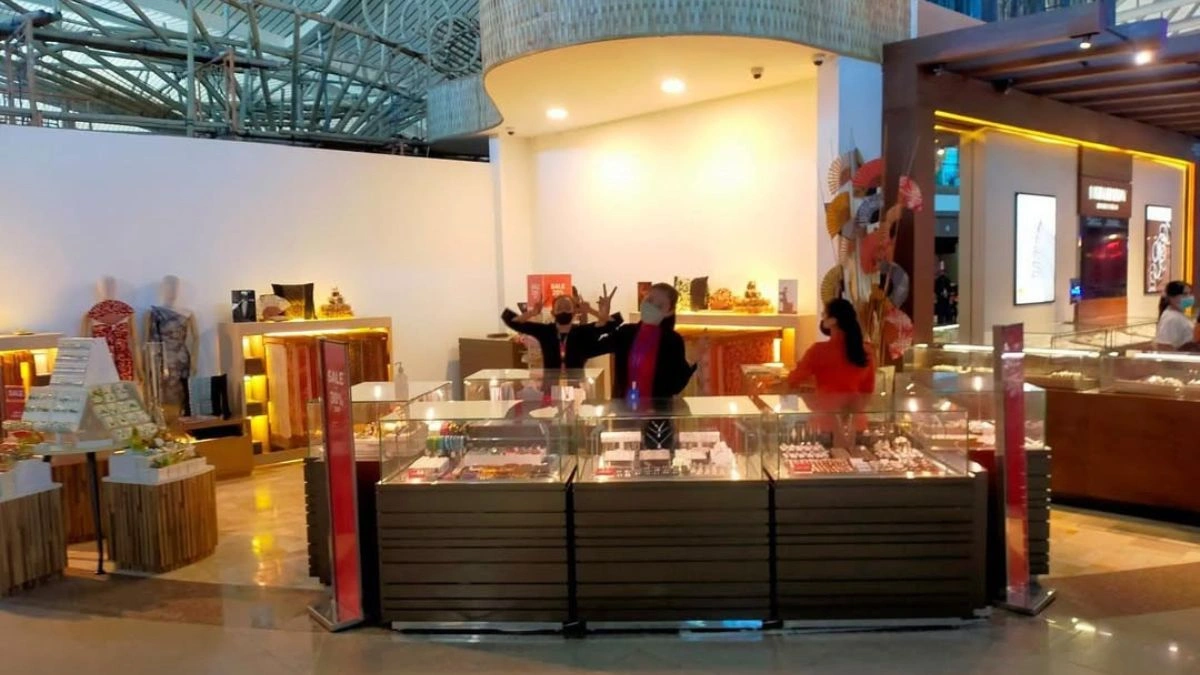
Price comparisons reveal surprising differences. Local stores often beat duty-free rates. Limited selections affect value comparisons. Brand selections vary between terminals. Luxury items maintain high profit margins.
Special editions target impulse buyers. Exchange rates affect apparent savings. Bottle sizes differ from standard retail. Price checking apps reveal true values. Holiday promotions change pricing structures.
Location affects duty-free prices significantly. Travel retail focuses on premium products. Volume restrictions limit liquid purchases. Shopping research saves money consistently. Brand partnerships influence pricing strategies.
#15. Airport Currency Exchange Risks

Bank rates beat airport exchanges significantly. Exchange counters charge premium commissions. Location convenience costs extra money. Rate displays hide service charges carefully. Morning rates differ from evening prices.
Premium locations charge higher fees. Local ATMs provide better conversion rates. Exchange counter placement exploits necessity. Multiple fees reduce actual value received. Currency availability affects conversion rates.
Service charges vary between providers. Terminal location influences rate margins. International cards reduce exchange needs. Exchange profits rely on convenience factors. Research prevents expensive mistakes.

